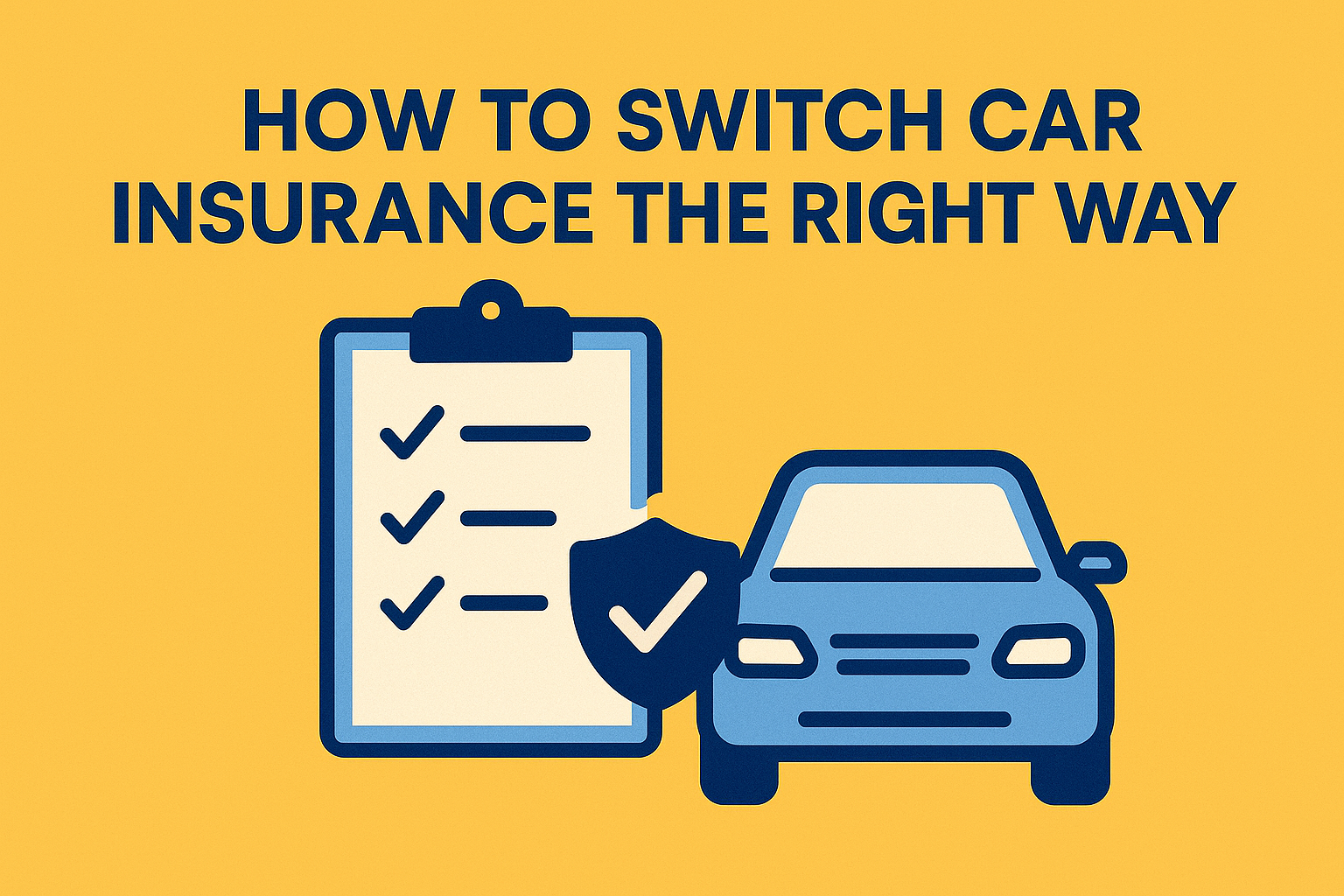Many drivers wonder if switching car insurance in the middle of a policy term is a smart move—or if it’s better to wait until renewal. The truth? You can switch anytime, and in many cases, doing so can help you save significantly on your premium.
Whether you’ve had a recent life change, seen a rate hike, or just feel like you’re overpaying, this guide will walk you through the pros, cons, and steps to take when switching auto insurance mid-year.
Why You Might Want to Switch Car Insurance

Premiums Went Up Without Explanation
If your rates increased and your driving record hasn’t changed, it’s worth comparing quotes from other providers. Insurers often raise rates based on broader market trends, not individual behavior.
Major Life Changes
Have you:
- Moved to a new ZIP code?
- Gotten married?
- Bought a safer car?
These factors can affect your rate—sometimes in your favor. It might be time to shop around and see if another insurer rewards those updates more generously.
Poor Customer Service
Sometimes it’s not about price—it’s about experience. If filing a claim was painful or support has been unhelpful, switching to a more responsive provider could be worth it.
Better Discounts Elsewhere
Many people miss out on savings opportunities simply because they’re unaware. Other insurers might offer:
- Multi-policy discounts (if you bundle home + auto)
- Safe driving rewards
- Low mileage discounts
- Telematics programs that monitor driving for lower rates
For more on potential ways to reduce your rate, check out our guide on lowering your car insurance premium.
Is There a Penalty for Switching Mid-Year?
Typically, no. Most car insurance policies can be canceled at any time. However, watch out for:
- Short-rate cancellation fees: A small charge (usually a percentage of your remaining premium)
- Lapse in coverage: If you don’t line up the new policy start date exactly, even a day of being uninsured can affect your record and future rates
Pro tip: Don’t cancel your current policy until your new one is confirmed and active.
How to Switch Car Insurance the Right Way

Step 1: Compare Quotes
Get quotes from at least three reputable providers. Make sure you’re comparing similar coverage levels and deductibles.
Step 2: Review the Fine Print
Check cancellation policies, refund eligibility, and any potential fees with your current insurer.
Step 3: Apply and Get Approved
Once approved for your new policy, schedule the start date to overlap with your current policy’s end.
Step 4: Cancel the Old Policy
Officially cancel in writing, and request a confirmation of cancellation. If you prepaid for your policy, you should receive a prorated refund.
Step 5: Update Your Info
Make sure your lender (if you lease or finance your car) and state DMV have the new insurance details on file.
When Should You Stick With Your Current Insurer?
While switching car insurance often makes sense, you might want to hold off if:
- You’re in the middle of a claim
- You just received a loyalty discount
- You’re about to reach a major milestone (e.g., 5-year safe driving reward)
Timing can affect savings, so weigh the benefits carefully.
Final Thoughts
Switching car insurance providers mid-year can be a smart financial move—especially if you’re experiencing rising rates, major life changes, or poor service. As long as you avoid coverage gaps and understand your current policy’s cancellation terms, it’s a simple process that could result in serious savings.
Still unsure if it’s the right time? This Consumer Reports guide to lowering car insurance rates offers additional insight into smart strategies for every driver.

